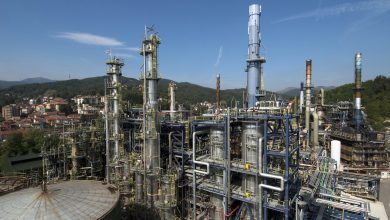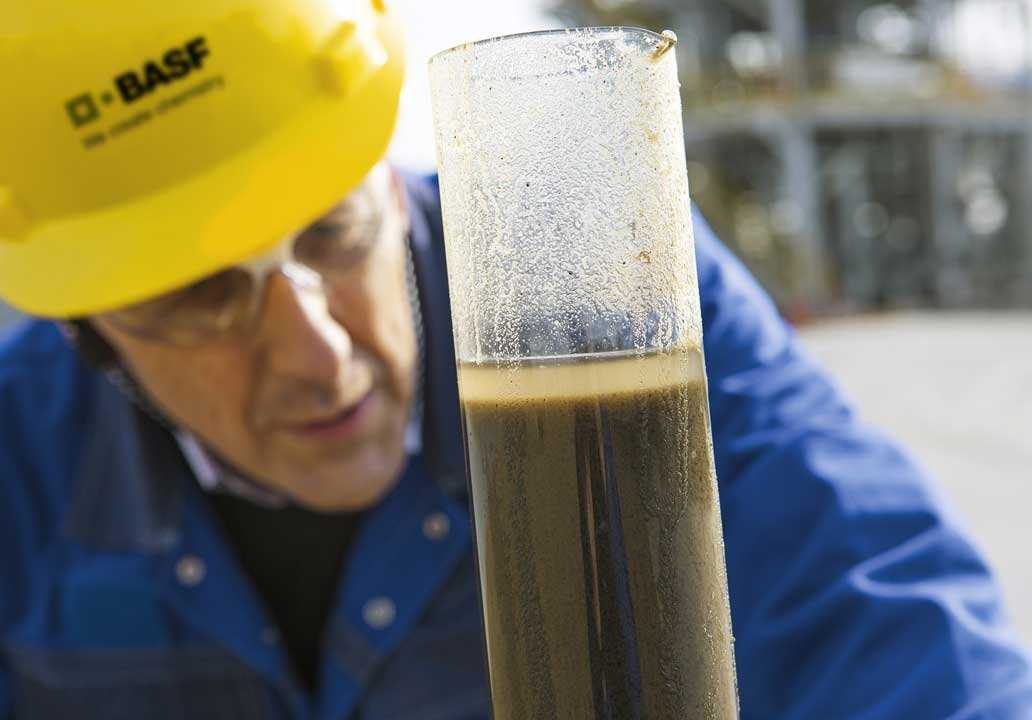First signs of a “small recovery” for the European Chemical Industry

European Chemical Industry Council (Cefic) carefully projects a possible 1.0% growth in EU27 chemical output for 2024. This flat to small growth comes after a challenging period marked by a decline of production by 7.6 % in 2023 and 6.3% decrease in 2022.
The decline in European chemical production over the past years – especially where petrochemicals, polymers in primary forms, and basic inorganics are concerned – can be attributed to the well-known surge in energy prices and a significant decrease in the demand of goods in the aftermath of the Covid pandemic.
Besides the automotive sector, other domestic customer industries also experienced a slowdown in 2023. Inflation, decreasing purchasing power, along with a complex and costly regulatory agenda in Europe were additional contributing factors.

Commenting on the outlook Marco Mensink, Cefic Director General said: “The current lack of demand is impacting the chemical industry across the world. When the value chain disruptions and impact of inflation have been processed in global markets, there is now a first sign of recovery.
However, the energy costs are still the Achilles’ heel of the European chemical industry and no other region in the world has been impacted like ours. This, along with high feedstock costs, is causing the industry to lose its competitive edge in global chemical markets.
While in other regions companies look forward to invest again, especially in the USA and the Gulf, investments in Europe are under huge stress. The impacts of the US IRA are only just beginning to be felt across the globe.”
Key emerging economies are growing faster than the EU27 and the US, with China outpacing all others. In 2022, China became the largest EU27 chemicals trade partner, multiplying trade dependency with China by 4.5.
Looking ahead to 2024, Cefic expects a gradual normalisation of demand structures, shifting from an over-proportional focus on services in private consumption to a higher emphasis on goods. The anticipated rise in purchasing power, coupled with decreasing inflation rates and increasing wages, is expected to boost private demand. As demand increases, the industry projects customers to spend more on goods.
However, growth expectations for 2024 remain limited. Elevated interest rates continue to dampen demand in the construction sector, and the automotive industry is not expected to accelerate beyond the production levels achieved in 2023. Therefore, the overall economic outlook for the EU chemical industry remains uncertain.
2023 Facts And Figures Of The European Chemical Industry
It has yet again been a turbulent year.
The consequences of the Russian war against Ukraine, weak demand, high energy costs, rising interest rates and inflation continue to affect the European chemical industry. And then comes the US Inflation Reduction Act, challenging us even more.
With 10.6% decline, the EU27 chemical industry reported the third-largest drop in production in 2023 (Jan-Sep). Capacity utilisation in the EU27 chemical industry declined once more and was at 74.1% in the third quarter of 2023. This comes at a time when the EU chemical industry has to undergo the biggest transformation in the history of our sector and become climate neutral, circular, and digital at the same time as transitioning to safe and sustainable chemicals, all by 2050.
A transformation that requires billions of additional investments between now and 2050. But a worthwhile transformation as solutions developed by the chemical industry extend the lifespan of wind turbines, turn waste into sustainable fibre for new clothes, and make electric vehicle batteries more powerful and efficient. Without the chemical industry thriving, Europe cannot achieve the Green Deal.
Creating a business case for investment in Europe should therefore be the main strategic political priority of the incoming European Commission.
Unless specified, chemical industry excludes pharmaceuticals.
https://cefic.org/cefic-chemicals-trends-report
We report here below graphs and data Cefic’s Facts & Figures 2023 about EU Chemical Industry.
Key Figures
Trade Development
Growth and Competitiveness
Our Contribution to EU industry
Energy Consumption
Capital and R&I Spending
Environmental Performance
Disclaimer:
For the sake of data integrity, figures within Cefic’s Facts & Figures publications are compiled and updated on a regular basis from public statistical sources (Eurostat, EU Commission, European Environmental Agency, …). These sources regularly review their previous years’ data and at times retroactively amend it. As a result of these updates, the comparison of annual Cefic Facts & Figures editions is not necessarily consistent over time.
 Cefic, the European Chemical Industry Council, founded in 1972, is the voice of large, medium and small chemical companies across Europe, which provide 1.2 million jobs and account for 15% of world chemicals production.
Cefic, the European Chemical Industry Council, founded in 1972, is the voice of large, medium and small chemical companies across Europe, which provide 1.2 million jobs and account for 15% of world chemicals production.
Cefic members form one of the most active networks of the business community, complemented by partnerships with industry associations representing various sectors in the value chain. A full list of its members is available on the Cefic website.
Cefic is an active member of the International Council of Chemical Associations (ICCA), which represents chemical manufacturers and producers all over the world and seeks to strengthen existing cooperation with global organisations such as UNEP and the OECD to improve chemicals management worldwide.





























































